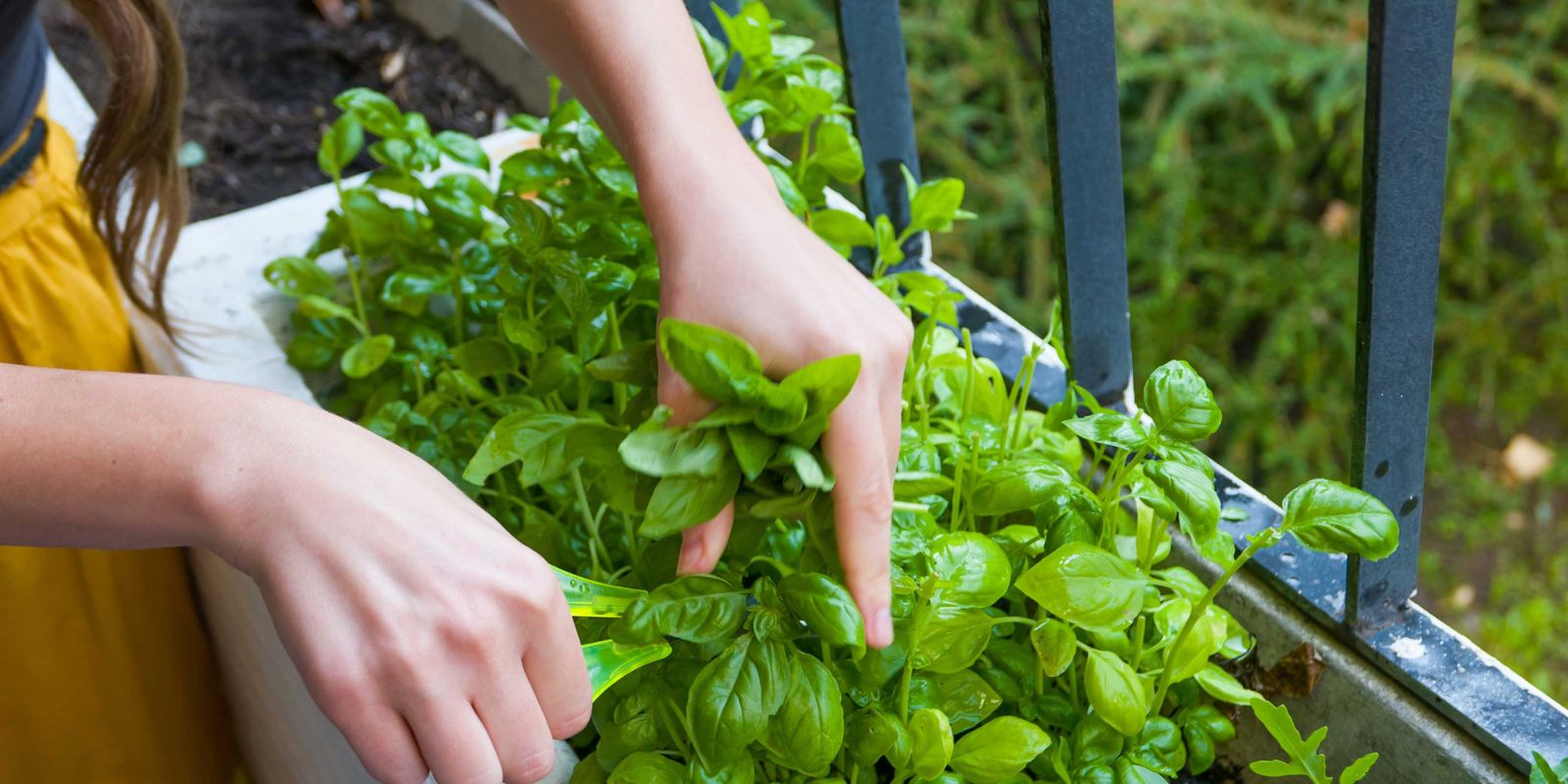Introduction
Basil, a beloved herb known for its aromatic leaves and culinary versatility, thrives best when grown bushier and more robust. A bushier basil plant not only enhances its visual appeal but also yields a more abundant harvest. This article provides a detailed guide on achieving lush, bushy basil plants through simple yet effective techniques.
1. Selecting the Right Basil Variety
Choosing the right basil variety is the first step in growing a bushier plant. While there are many types of basil, some varieties are naturally more compact and bushy than others. For example:
- Genovese Basil: Popular for its large leaves and robust flavor, this variety tends to grow bushier with proper care.
- Sweet Basil: Known for its classic basil flavor, it can be encouraged to become bushier with regular pruning.
- Thai Basil: This variety has a unique anise-like flavor and grows well in a bushy form.
Select a variety suited to your climate and growing conditions, and ensure you purchase seeds from a reputable supplier.
2. Starting with Quality Seeds or Seedlings
Begin with high-quality seeds or seedlings to ensure strong, healthy plants. Purchase seeds from a trusted source or start with seedlings from a local nursery. Healthy seedlings will establish more quickly and have a better chance of becoming bushy.
3. Providing Optimal Growing Conditions
Basil plants require specific conditions to grow bushier. Ensure the following:
- Light: Basil needs plenty of light to thrive. Place your plants in a sunny location where they can receive at least 6-8 hours of direct sunlight daily. If growing indoors, use grow lights to provide sufficient illumination.
- Soil: Use well-draining soil rich in organic matter. A mixture of potting soil and compost is ideal. Ensure the soil pH is between 6.0 and 7.0 for optimal growth.
- Watering: Keep the soil consistently moist but not waterlogged. Basil prefers evenly moist soil, so water regularly, especially during hot weather.
4. Pinching Back the Tips
One of the most effective methods for encouraging bushier basil plants is to pinch back the tips. Here’s how to do it:
- Timing: Begin pinching back when your basil plants are about 6 inches tall. This encourages lateral growth and prevents the plant from becoming leggy.
- Method: Using clean, sharp scissors or pruning shears, remove the top set of leaves and the stem just above a leaf node. This will stimulate the plant to grow new branches from the sides.
- Frequency: Continue pinching back regularly throughout the growing season. This will promote a fuller, bushier appearance and increase leaf production.
5. Regular Harvesting
Regular harvesting is key to maintaining a bushy basil plant. Follow these tips:
- Harvesting Method: Use clean scissors or pruning shears to cut leaves and stems. Avoid tearing or pulling, which can damage the plant.
- Frequency: Harvest leaves frequently to encourage new growth. Aim to harvest every 1-2 weeks, taking only a third of the plant at a time to avoid stressing it.
- Pruning: Remove any flowers that begin to form. Flowering can lead to a decrease in leaf production and a shift in the plant’s energy away from growing new leaves.
6. Maintaining Proper Spacing
Adequate spacing between basil plants is essential for healthy growth and bushiness. Follow these guidelines:
- Spacing: Space basil plants 12-18 inches apart to allow for proper air circulation and reduce the risk of disease.
- Containers: If growing in containers, choose pots with a minimum diameter of 12 inches. This provides enough room for the roots to spread and supports a bushier plant.
7. Fertilizing Wisely
Proper fertilization supports healthy, bushy growth. Consider the following:
- Fertilizer Type: Use a balanced, water-soluble fertilizer or compost. A 10-10-10 or 20-20-20 fertilizer works well for basil.
- Application: Apply fertilizer every 4-6 weeks during the growing season. Follow the manufacturer’s instructions to avoid over-fertilizing, which can lead to excessive foliage and reduced flavor.
8. Managing Pests and Diseases
Healthy plants are more likely to grow bushier. Protect your basil from common pests and diseases:
- Pests: Watch for aphids, spider mites, and whiteflies. Use insecticidal soap or neem oil to manage infestations.
- Diseases: Prevent fungal diseases by ensuring proper air circulation and avoiding overhead watering. If diseases occur, remove affected leaves and treat with appropriate fungicides.
9. Using Companion Plants
Companion planting can enhance basil growth and bushiness. Consider the following companions:
- Tomatoes: Basil and tomatoes grow well together and can improve each other’s flavor.
- Marigolds: Marigolds deter pests that might otherwise affect your basil plants.
- Chives: Chives can help repel aphids and other pests that target basil.
10. Tips for Indoor Basil Plants
If growing basil indoors, keep the following tips in mind:
- Light: Use full-spectrum grow lights to mimic natural sunlight. Position lights 6-12 inches above the plants.
- Temperature: Maintain a temperature range of 65-75°F (18-24°C) for optimal growth.
- Humidity: Basil prefers higher humidity. Place a tray of water near the plants or use a humidifier to maintain adequate moisture levels.
Conclusion
Growing bushier basil plants is a rewarding endeavor that enhances both the aesthetics and productivity of your herb garden. By following these expert tips, you can achieve lush, vibrant basil plants that not only look great but also provide an abundant supply of aromatic leaves for your culinary creations. Embrace these techniques and watch your basil thrive with a bushier, fuller growth.
Call to Action
Ready to transform your basil garden? Try these expert techniques today and share your results with us! 🌿💪 #BasilCare #BushierBasil #GardeningTips #HerbGarden #GreenThumb #HomeGarden #PlantGrowth #GardenHacks #GrowYourOwn #GardenSuccess

